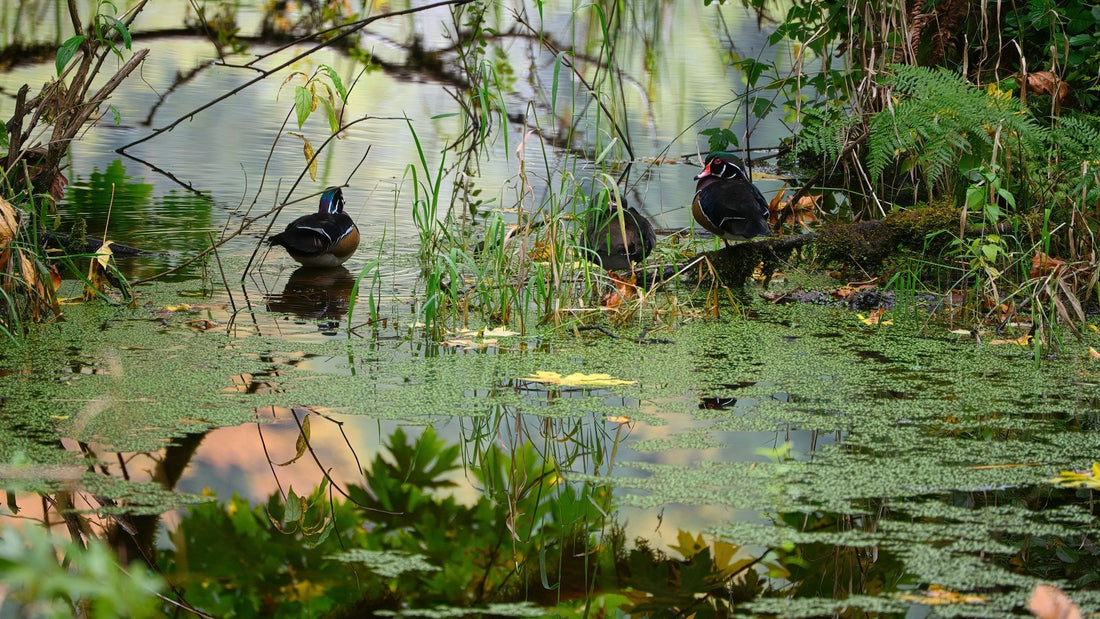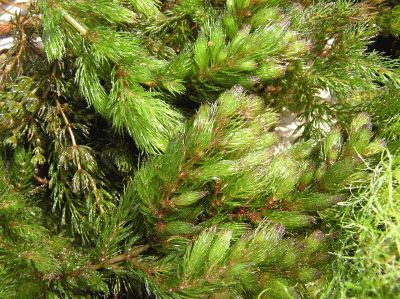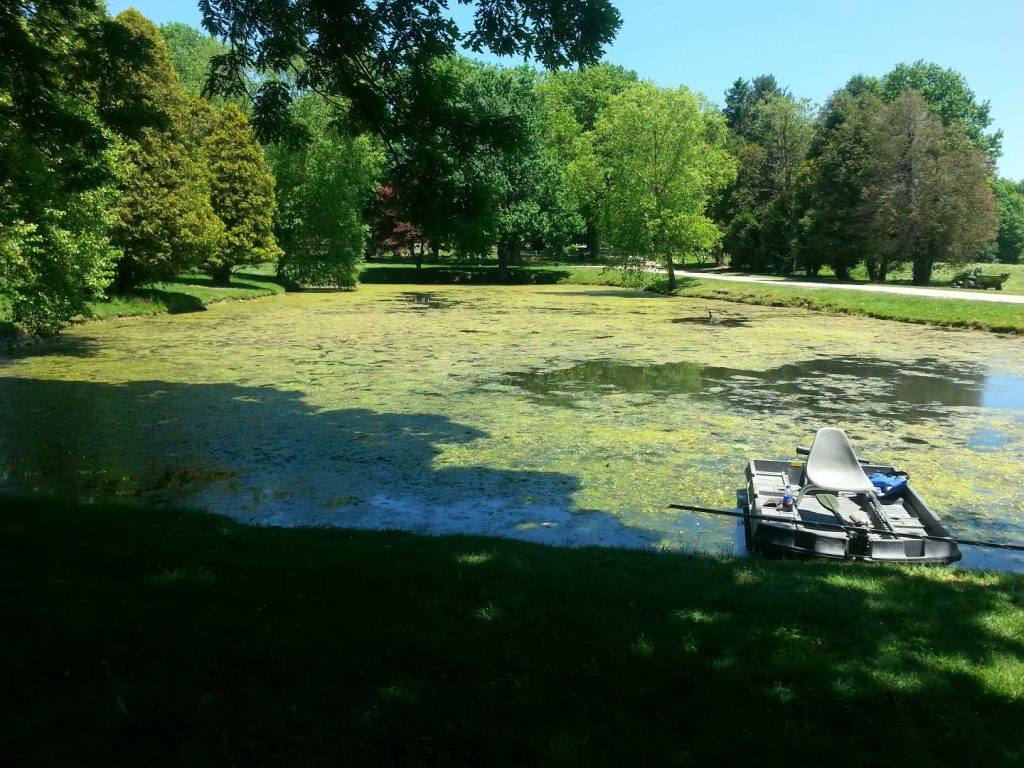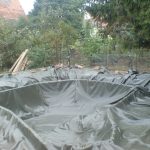Coontail, also known as hornwort, is a common aquatic plant that can quickly take over a pond if left unchecked. Its rapid growth can lead to issues such as oxygen depletion, fish habitat destruction, and aesthetic concerns. If you have noticed coontail taking over your pond, it is important to take action to control and eliminate it. Here are some effective methods to get rid of coontail in a pond:
1. Physical Removal
One of the most straightforward ways to control coontail in a pond is through physical removal. You can manually pull out the coontail using a rake or by hand. Make sure to remove as much of the plant as possible, including the roots, to prevent regrowth. This method can be effective for small infestations or for targeting specific areas of the pond.
2. Biological Control
Introducing natural predators of coontail, such as grass carp or koi fish, can help keep the plant population in check. These fish feed on aquatic plants, including coontail, and can help control its growth. However, it is important to consider the potential impact of introducing non-native species to your pond and to ensure that the fish will not cause harm to other aquatic life in the ecosystem.
3. Herbicides
Herbicides can be an effective way to control coontail in a pond, especially for larger infestations. There are different types of herbicides available, including contact herbicides that kill the plant on contact and systemic herbicides that are absorbed by the plant and kill it from within. It is important to carefully read and follow the instructions on the herbicide label to ensure safe and effective application.
4. Aeration
Improving the aeration of your pond can help control coontail growth. Coontail thrives in stagnant, nutrient-rich water, so increasing oxygen levels in the pond can help create a less favorable environment for the plant. Aeration can be achieved through the use of aerators, fountains, or adding oxygenating plants to the pond.

Credit: www.livingwateraeration.com
5. Shade Management
Coontail prefers to grow in areas with ample sunlight. By creating shade over the pond, either through the strategic placement of plants or structures, you can help inhibit the growth of coontail. Managing shade can be an effective long-term strategy for controlling coontail and other aquatic plants in your pond.
6. Regular Maintenance
Regular maintenance of your pond is key to preventing coontail from taking over. This includes removing excess nutrients from the water, such as leaves and debris, to prevent algae blooms and promote a healthy ecosystem. By staying on top of pond maintenance, you can help keep coontail growth in check.

Credit: aquaplant.tamu.edu
7. Consult with Experts
If you are unsure about how to effectively control coontail in your pond, it may be helpful to consult with pond management experts or aquatic biologists. They can provide guidance on the best methods for controlling coontail based on the specific characteristics of your pond and help you develop a comprehensive management plan.
Conclusion
Coontail can be a nuisance in ponds, but with the right strategies and techniques, you can effectively control and eliminate it. Whether through physical removal, biological control, herbicides, aeration, shade management, regular maintenance, or expert consultation, there are various ways to get rid of coontail in a pond. By taking proactive steps to manage coontail growth, you can maintain a healthy and balanced aquatic ecosystem in your pond.





